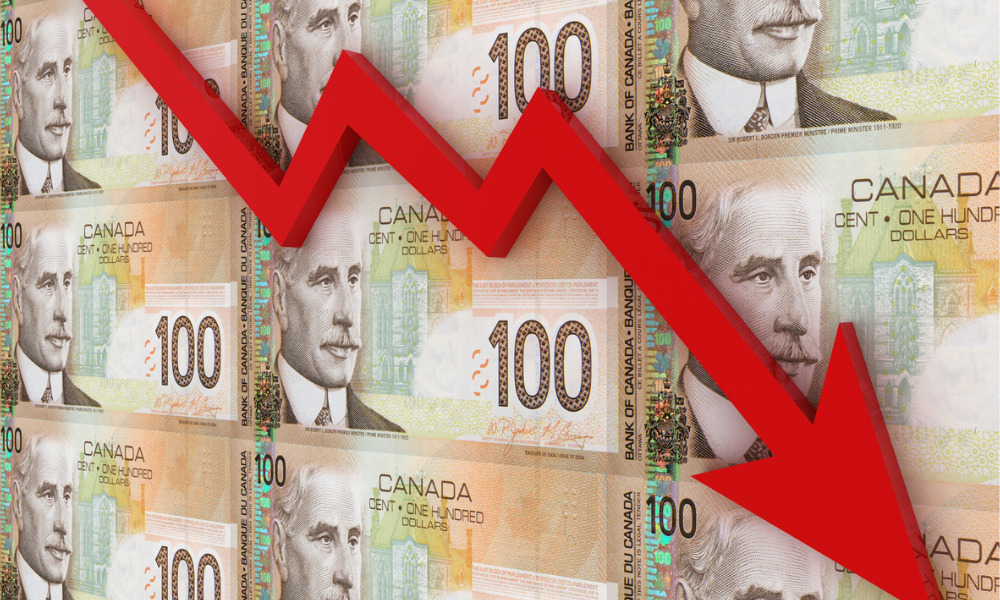Central bank dealing with escalating interest costs as it raises policy interest rate

The Bank of Canada risks losing between $3.6 billion and $8.8 billion over the next two to three years, according to new analysis by the C.D. Howe Institute.
Authors Trevor Tombe and Yu (Sonja) Chen analyzed the health of the central bank's finances, how it got into a loss situation, and how significant those losses may be in "Reversal of Fortunes: Rising Interest Rates and Losses at the Bank of Canada”.
After aggressively raising its policy interest rate to combat inflation, the bank is now faced with rising interest expenditures and losses to the tune of billions of dollars.
Last year, it expanded its balance sheet by purchasing government bonds and increasing its liabilities to the banking entities it acquired them from. The majority of payments made for bonds acquired from financial institutions were added to their settlement balances at the BoC, significantly increasing its interest-bearing deposits.
“While future inflation and monetary policy remains uncertain, the existence of financial institutions’ large deposits at the Bank of Canada means rising interest rates causes large losses for the bank — a first in Canadian history,” said Tombe.
Based on a forecast of the BoC’s assets, liabilities, and policy rates starting with the third quarter of 2022's financial statements, Chen said the central bank may continue to see losses until late 2024 or 2025, with peak losses in Q1 2023.
“Our preferred estimate of $5.7 billion in losses reflects the scenario where non-interest deposits absorb one-third of the bond maturities,” she said. “The faster settlement balances decline, the smaller the Bank’s financial losses will be.”
Market circumstances and monetary policy actions, such as the scope and makeup of asset purchases or adjustments to the overnight rate target, will affect the actual route the Bank of Canada will take.
Losses will increase from $5.7 billion to $7 billion if the peak goal rate is 5% rather than the authors' projected 4.5%. Tombe and Chen estimate losses would have totalled around $13 billion had it not been for the decision to stop paying interest on Government of Canada deposits in May 2022.
The Bank's long-term financial position is still strong despite these short-term losses, and according to Tombe and Chen's projections, positive net income will return in two to three years under all possible circumstances. But that may change depending on the bank's policy choices or the state of the economy.
“Over the longer-term beyond these projections, since the yield on government bonds will normally exceed the deposit rate, and a substantial portion of Bank asset holdings are funded with currency in circulation, which pays no interest, financial losses by the Bank are unlikely,” explains Tombe.
The ability of the Bank of Canada to conduct monetary policy is unaffected by these losses, but they do present additional reputational and communication problems, particularly at a time when monetary policy is receiving more political attention than usual. Furthermore, since the Bank is entirely owned by the federal government and surpluses increase government revenues, financial losses mean that the Bank's payments to the government are likely to stop for a while, and losses will directly appear on the government's financial statements as decreased federal revenues.
Tombe and Chen proposed a few solutions, including allowing for negative values in the bank's reserve fund as well as accruing losses in a negative retained profits account, as the bank is now doing. The best course of action, they suggest, could be to adopt the Federal Reserve’s strategy, keeping its capital from going negative by accruing losses in a deferred account.



